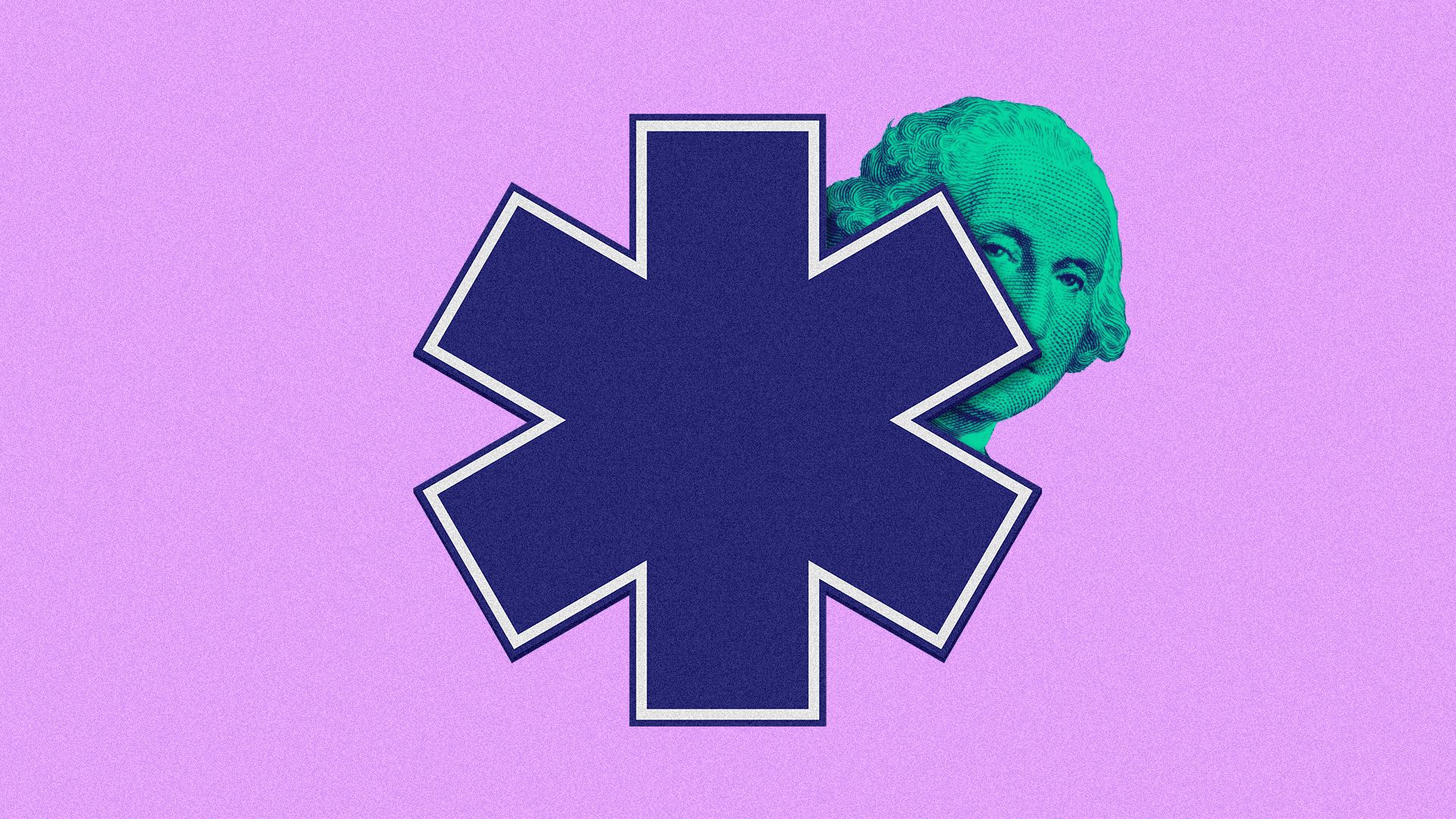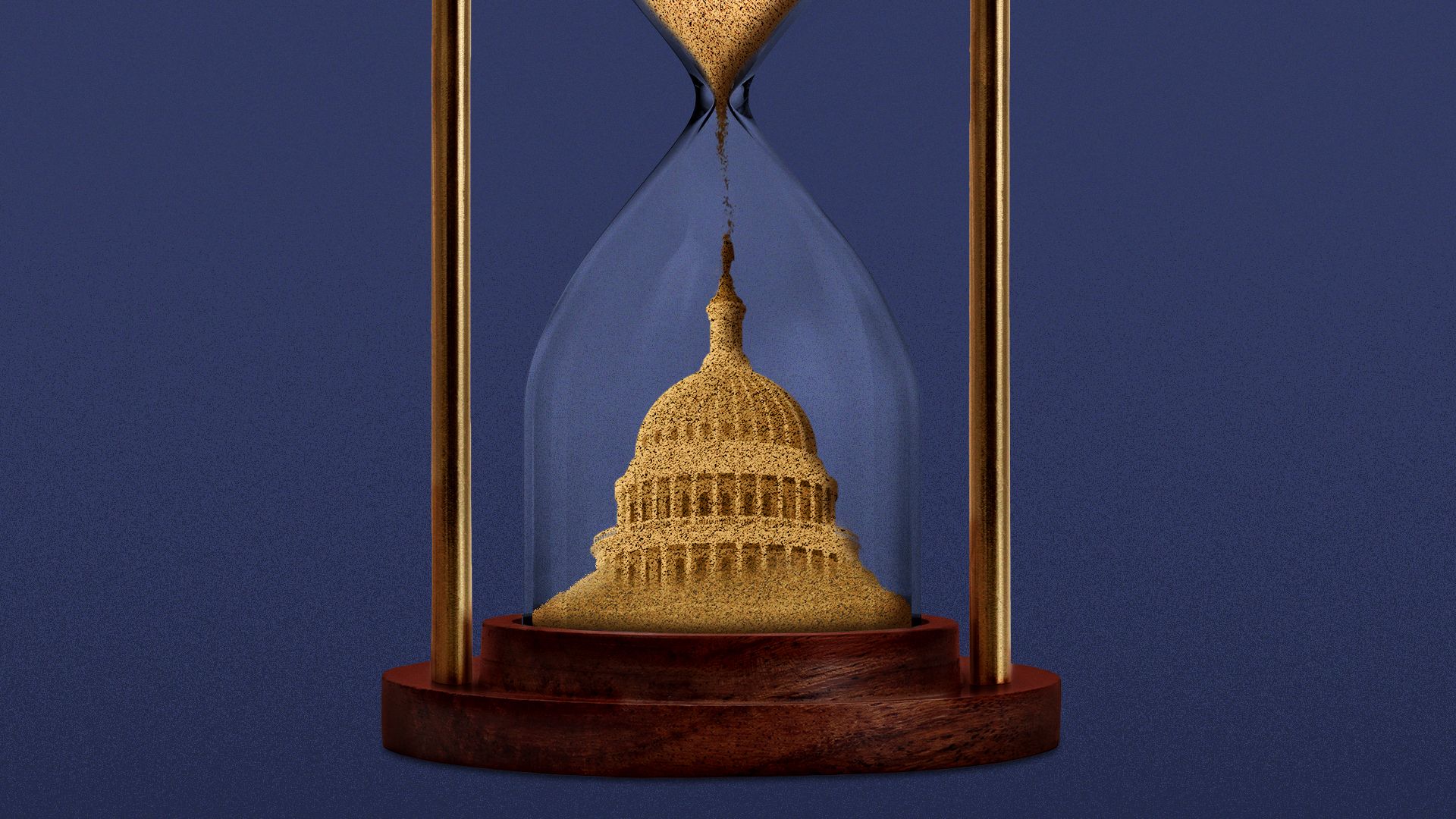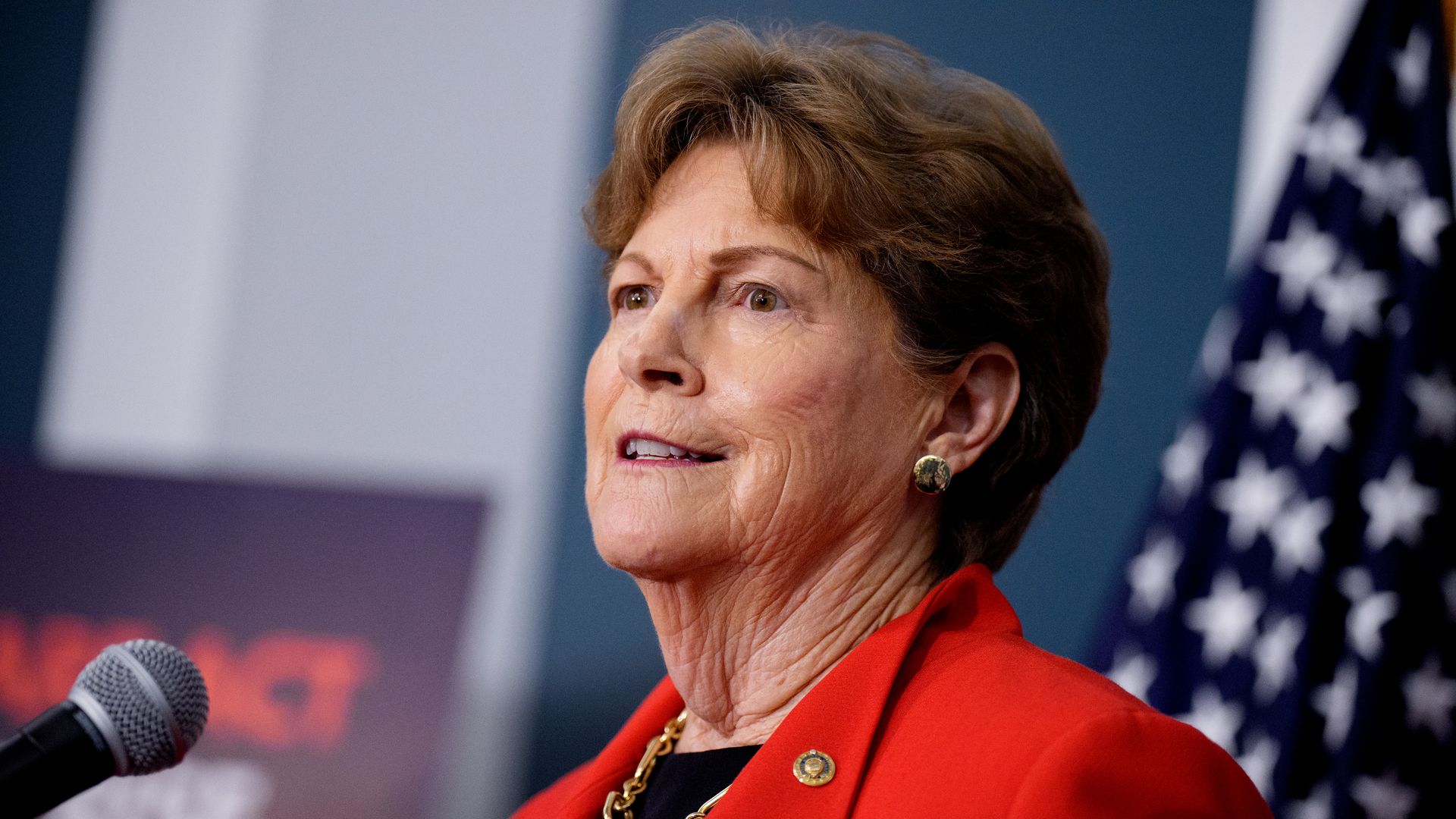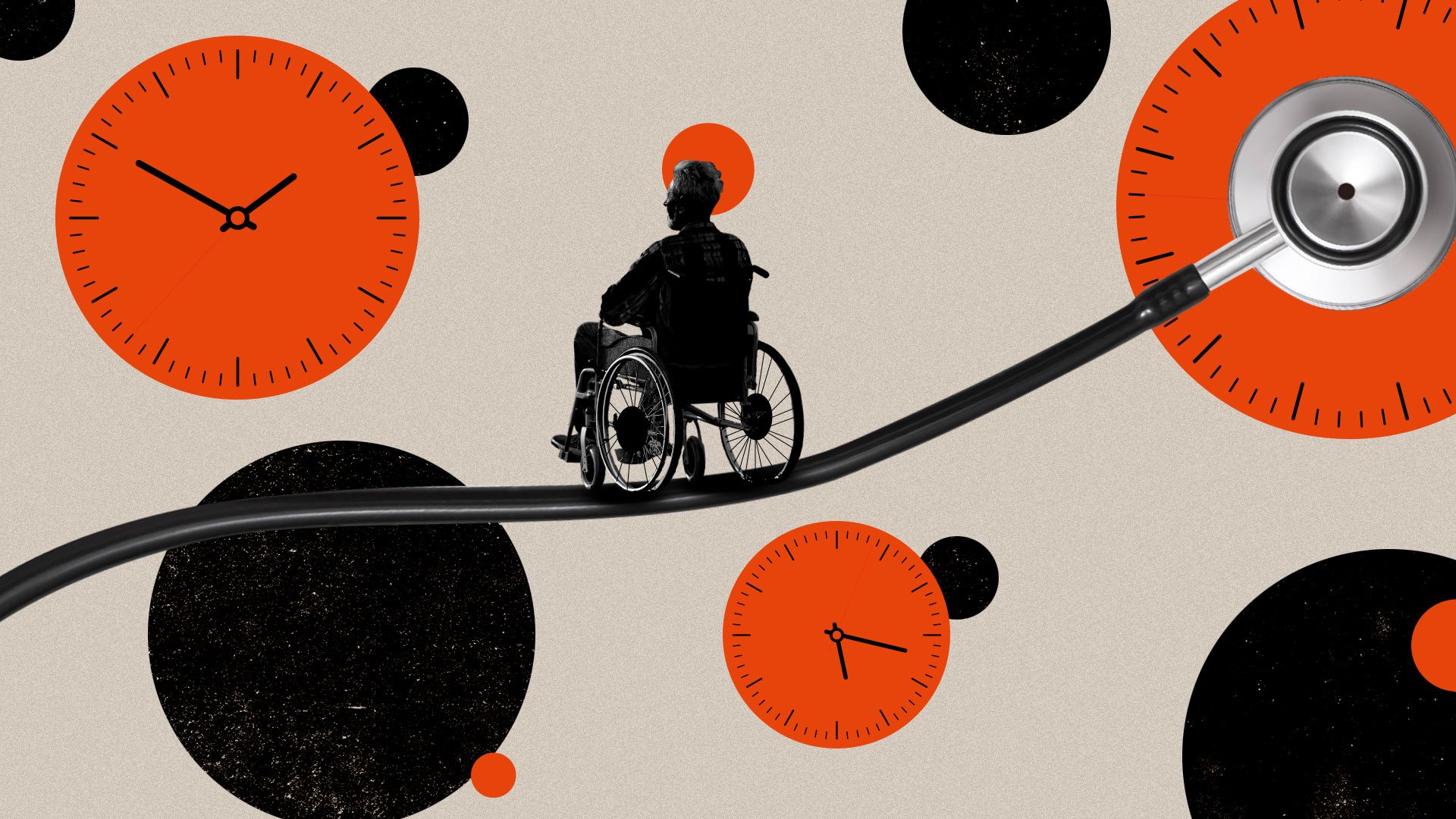|
||
| PRESENTED BY THE COALITION TO STRENGTHEN AMERICA’S HEALTHCARE | ||
| Axios Vitals | ||
| By Maya Goldman, Peter Sullivan and Tina Reed · Oct 02, 2025 | ||
|
Thursday's here. Today's newsletter is 958 words or a 3.5-minute read. |
||
| 1 big thing: Shutdown puts hospital funding in peril | ||
| By Maya Goldman | ||

|
||
|
Illustration: Brendan Lynch/Axios |
||
|
Hospitals in rural and underserved areas could lose out on billions of dollars in federal funding if the government shutdown drags on. Why it matters: Many hospitals already run on tight margins and are bracing for fallout from Medicaid cuts and other changes in the One Big Beautiful Bill Act. The big picture: The immediate concern is health policies that expired when government funding lapsed at midnight Tuesday. Health providers and their lobbyists expect Congress will make providers whole in an eventual funding deal and reimburse claims made during the shutdown.
State of play: Safety-net hospitals face an $8 billion cut to Medicaid add-on payments in the absence of a government funding package.
Additionally, two long-running programs that give pay bumps to rural hospitals expired yesterday.
|
||
|
|
||
| 2. Providers face more pitfalls with feds idled | ||
| By Maya Goldman and Tina Reed | ||

|
||
|
Illustration: Allie Carl/Axios |
||
|
The shutdown could also create administrative headaches — and potential safety vulnerabilities — for health providers and for patients. The big picture: More than 40% of HHS employees are on furlough until Congress can pass a government funding deal.
State of play: Many HHS functions ground to a halt yesterday, including recertification of health care facilities, the mailing out of Medicare cards and other patient engagement, and administration of the vaccine injury compensation program, according to a shutdown contingency plan.
Essential functions will continue, including the processing of Medicare claims and maintaining "minimal readiness" for crises like pandemic flu and natural disasters, according to HHS.
Zoom in: Efforts to guard the nation's cybersecurity infrastructure, a growing concern in health care, could also lag in a long shutdown.
|
||
|
|
||
| 3. Quote du jour | ||

|
||
|
Photo: Andrew Harnik/Getty Images |
||
|
"I do see room to address some of the concerns that we've heard our colleagues express, so hopefully we can continue those conversations. I've talked to a number of people in the last 12 hours since we voted." — Senate appropriator Jeanne Shaheen (D-N.H.) on changes like tightening eligibility for enhanced Affordable Care Act tax credits to attract GOP votes to renew the subsidies. Republican leaders say talks can only happen once the government reopens.
|
||
|
|
||
|
A MESSAGE FROM THE COALITION TO STRENGTHEN AMERICA’S HEALTHCARE |
||
| Care that doesn’t clock out — day or night | ||
|
|
||
|
Tell Congress: Protect Access to 24/7 Care — because when the doors close, it is too late. More than 300 hospitals are now at risk of closure, threatening access to critical care. We’re here to heal, but we need your help to stay here. |
||
| 4. Medicaid work rules could hit sickest most | ||

|
||
|
Illustration: Aïda Amer/Axios |
||
|
The adults likeliest to lose Medicaid coverage from new work requirements tend to be sicker and may be juggling multiple prescription drugs for chronic and function-limiting illnesses, a new study found. Why it matters: It's the latest evidence to suggest that the work requirements in the GOP budget law will weigh heaviest on those in poorer health, though many may be eligible for state-by-state exemptions.
What they found: Researchers writing in JAMA Network found 41% of those beneficiaries at risk of disenrollment because of the work requirements had three or more chronic conditions.
The bottom line: These people could suffer worsening health if they're unable to document clinical conditions for an exemption from work requirements and wind up being disenrolled from the program. |
||
|
|
||
| 5. Catch up quick | ||

